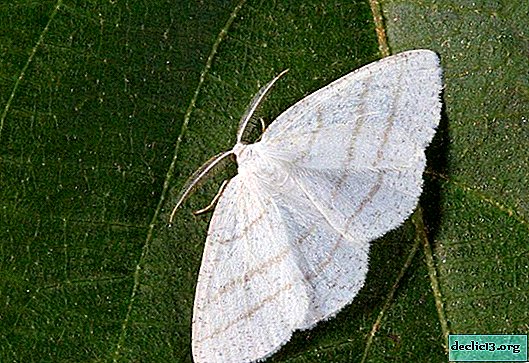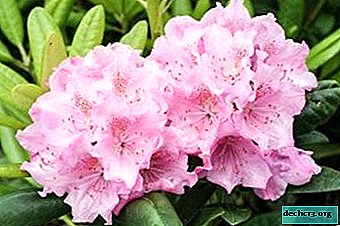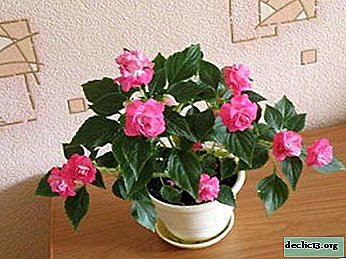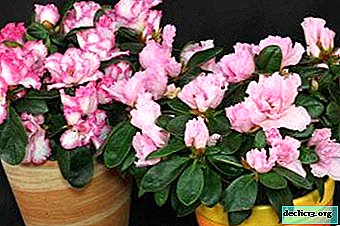How to care for the roots of phalaenopsis?
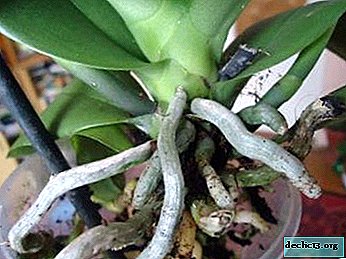
The combination of beauty, tenderness, sophistication - all these complements are addressed to the phalaenopsis. A houseplant will decorate any room in the house.
Also, this variety is characterized by an undemanding character and a long flowering period.
But this is possible only with proper care, because in order for the orchid to please with a beautiful color, its roots must be healthy. However, you need to be extremely careful with the root system, this is a sore spot of the plant.
What is it and why are they needed?
Phalaenopsis refers to epiphytic plants. Flowers in the wild grow on trees, using them as a support. Orchids cling to the bark with aerial roots. The bark also maintains moisture around the flower.
Two conditions are important for exotic plants: water and light. Moisture, orchid nutrients are obtained from the air with the help of roots and leaves. In the process of life, photosynthesis, the root system takes an active part.Structure
A structural feature of the roots of the phalaenopsis substance is velamen, which is a kind of hollow shell. Velamen is a non-living coarse tissue filled with air. Functions of the substance: absorb and retain water, nutrients. Velamen can also absorb moisture from the air, and in a period of drought, nourish the plant. Due to this, the orchid is not afraid of drought. However, with a lack of sunlight, air exchange and excess moisture, velamen begins to dry out or rot.
How to distinguish healthy from sick?
 Indeed, dry rhizomes do not bring any benefit to the plant. But to determine whether this shoot is alive or not is sometimes difficult even for experienced gardeners. Healthy roots:
Indeed, dry rhizomes do not bring any benefit to the plant. But to determine whether this shoot is alive or not is sometimes difficult even for experienced gardeners. Healthy roots:
- fleshy;
- dense, smooth structure;
- green, although the color may change under the influence of the substrate and mineral fertilizers.
To make sure that the root system is alive, you need to remove the plant from the pot, put in water for a couple of hours. Healthy parts will get the above appearance. Dry, sluggish, pale processes safely remove.
Home root care
| Right | Wrong |
| Watering after the substrate has completely dried. | Water regularly at the scheduled dates, regardless of the condition of the soil. |
| Choose soft, filtered water for irrigation. | Apply tap water, high hardness. |
| The presence of a drainage layer. | Lack of drainage in the pot. |
| Planting orchids in a transparent pot, for regular monitoring of the condition of the roots, their participation in the process of photosynthesis. | Purchase a ceramic pot for orchids. |
| The choice of soil loose structure. | Do not pay attention to the quality of the substrate used. |
| Do not expose phalaenopsis to root overheating. | Leave a flower pot near radiators. |
| Fertilize only moist soil. | Fertilize on dry roots. |
| On sunny days, shade the plant, in order to avoid thermal burns. | Place the orchid in direct sunlight. |
How to crop?
If shrunken, unhealthy roots are found during regular inspection, they should be eliminated. They will not bring anything good. After pre-nourishing the root system with water, to confirm their complete drying.
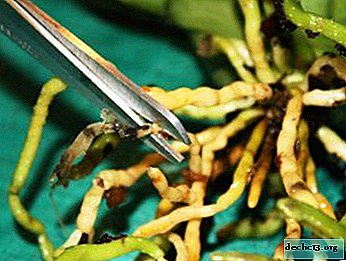 We extract the plant from the pot.
We extract the plant from the pot.- We wash the roots with warm, running water.
- We take a sharp, sanitized tool.
- We cut dry and affected areas.
- We treat the cut sites with antiseptic agents that do not contain alcohol. Often used crushed activated carbon, ground cinnamon.
- Leave to dry for several hours.
- After, treat with a fungicide solution to prevent the appearance of a harmful fungus, rot.
How to stimulate growth?
In fact, tropical beauties are tenacious flowers. Even if left without a root system, the plant may well exist further. It is necessary to take emergency measures to grow dead roots and save the orchid:
- Dry, rotten sections of the roots are removed by the method described previously.
- The remains of the root system should be dipped in a solution with root stimulants. These drugs increase the immunity of the plant, and accelerate the process of root formation. It is better to take "Epin" or "Zircon", diluting in the following proportions: 1 drop of the drug per 1 liter of water.
- In this solution, the orchid should be about 2 hours. It is important to ensure that no liquid enters the leaves.
- Depending on the state of phalaenopsis, we choose a further method of germinating the root system: greenhouse or in the air. If the roots are completely absent, then the first option is the greenhouse. If some of the roots are still there, then you can do without it:
- We place the orchid in a container with purified water. However, regular drying is required, especially by choosing the non-greenhouse method. In both cases, the flower should be in a well-lit place, at a temperature of + 23-25ºС.
- We regularly feed fertilizers based on potassium and phosphorus, 1 time in 10-14 days.
- Once a month, use a root stimulant, the time the plant spends in such a solution is no more than 6 hours.
- The appearance of roots will occur from 1 month to six months. The duration of the process is directly related to the initial state of the plant.
Diseases and pests: what to do with them?
Orchids are quite susceptible to all kinds of diseases and pests. Therefore, it is important to immediately recognize the signs in order to urgently help. Unfortunately, representatives of the Orchid family have a rather susceptible root system. They often suffer from diseases associated with drying of the roots and other parts of the orchid, rot. This is due to improper conditions of detention.
Many flower lovers, knowing that orchids come from the tropics, try to moisten flowers as much as possible. At the same time confusing humidity and excessive watering. Due to such phenomena, a number of rotten diseases and other diseases that affect the roots develop. Among them are often found:
- bacteriosis;
- root rot;
- gray rot (how to save an orchid from root and gray rot?);
- neck rot.
Various troubles bring a lot of trouble. For example: small bugs that live in the ground can eat up the roots of the phalaenopsis. What is most unpleasant, they are not visible without an armed eye.
Also damage the roots, buds, leaves, slug stalk and omnivorous snails. They can destroy parts of a flower in a fairly short period of time. It is extremely difficult to deal with such insects. It is important to take preventative measures:
- Carefully review the soil collected independently and be sure to heat it up.
- Purchased substrate is recommended to pour boiling water.
Disease prevention
To avoid such unpleasant situations is possible only with proper care of the orchid.
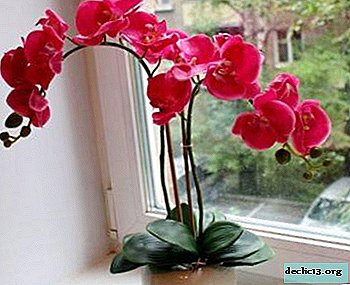 Maintaining a comfortable temperature in summer: + 22-25ºС, in winter + 16-18ºС. The difference in temperature differences should not exceed 5ºС.
Maintaining a comfortable temperature in summer: + 22-25ºС, in winter + 16-18ºС. The difference in temperature differences should not exceed 5ºС.- Lighting is required diffused, with a daylight duration of 14 hours.
- Choose a pot that fits the flower in size.
- Humidity within 50-60%. Be sure to regularly ventilate the room.
- Renew substrate every 2-3 years.
- Water once a week, in between the soil should completely dry.
- Water temperature should be 35-40ºС.
- Spray 5 times a day. Exclude the procedure during the flowering period.
The root system of orchids is unique and requires special attention. It is necessary to carry out regular inspection of the roots, not to fill in and be sure to monitor the condition of the substrate. After all, the loss of roots will lead to a possible loss of flower. And the key to a beautiful view of phalaenopsis is care and attention.

 We extract the plant from the pot.
We extract the plant from the pot. Maintaining a comfortable temperature in summer: + 22-25ºС, in winter + 16-18ºС. The difference in temperature differences should not exceed 5ºС.
Maintaining a comfortable temperature in summer: + 22-25ºС, in winter + 16-18ºС. The difference in temperature differences should not exceed 5ºС.
